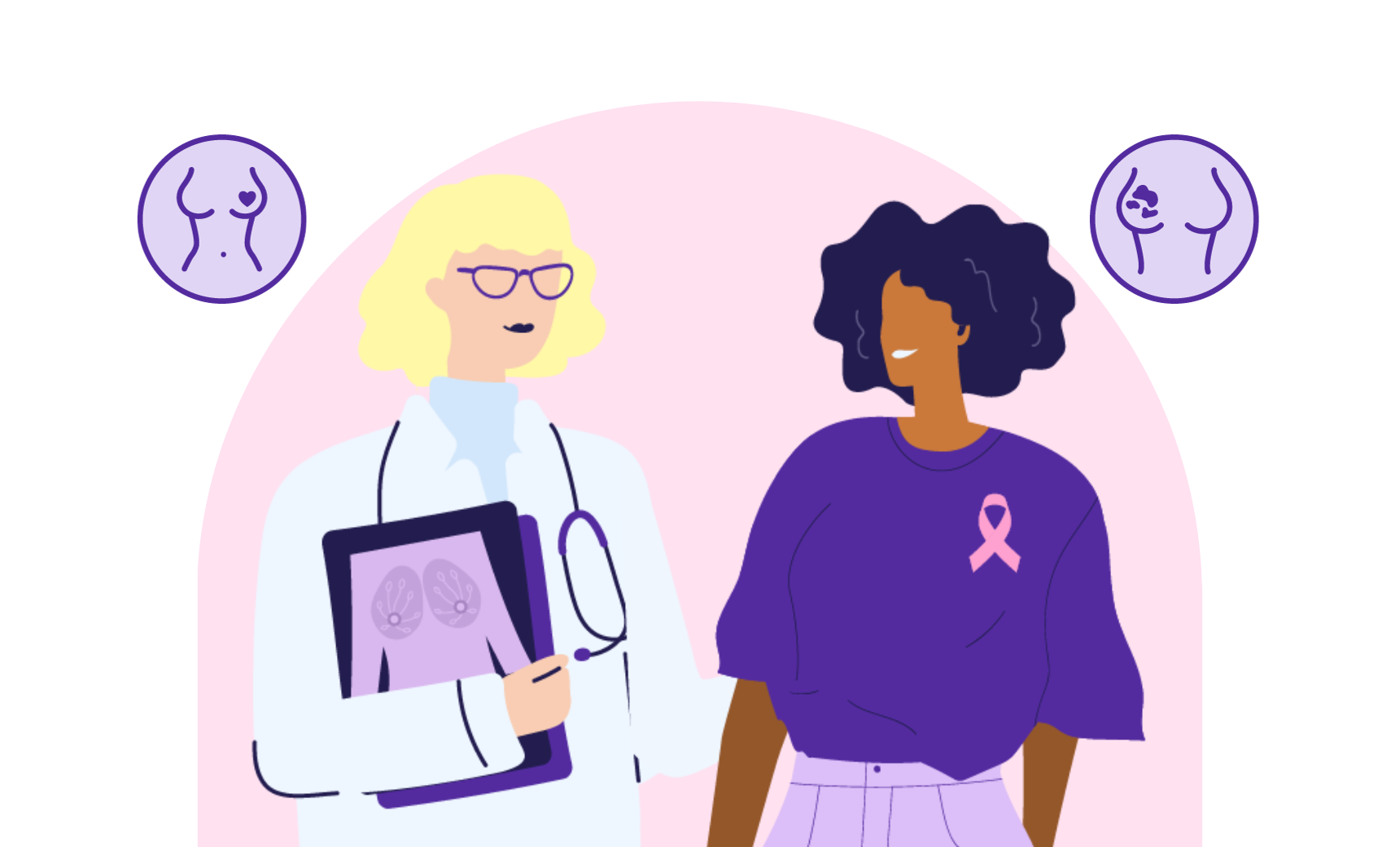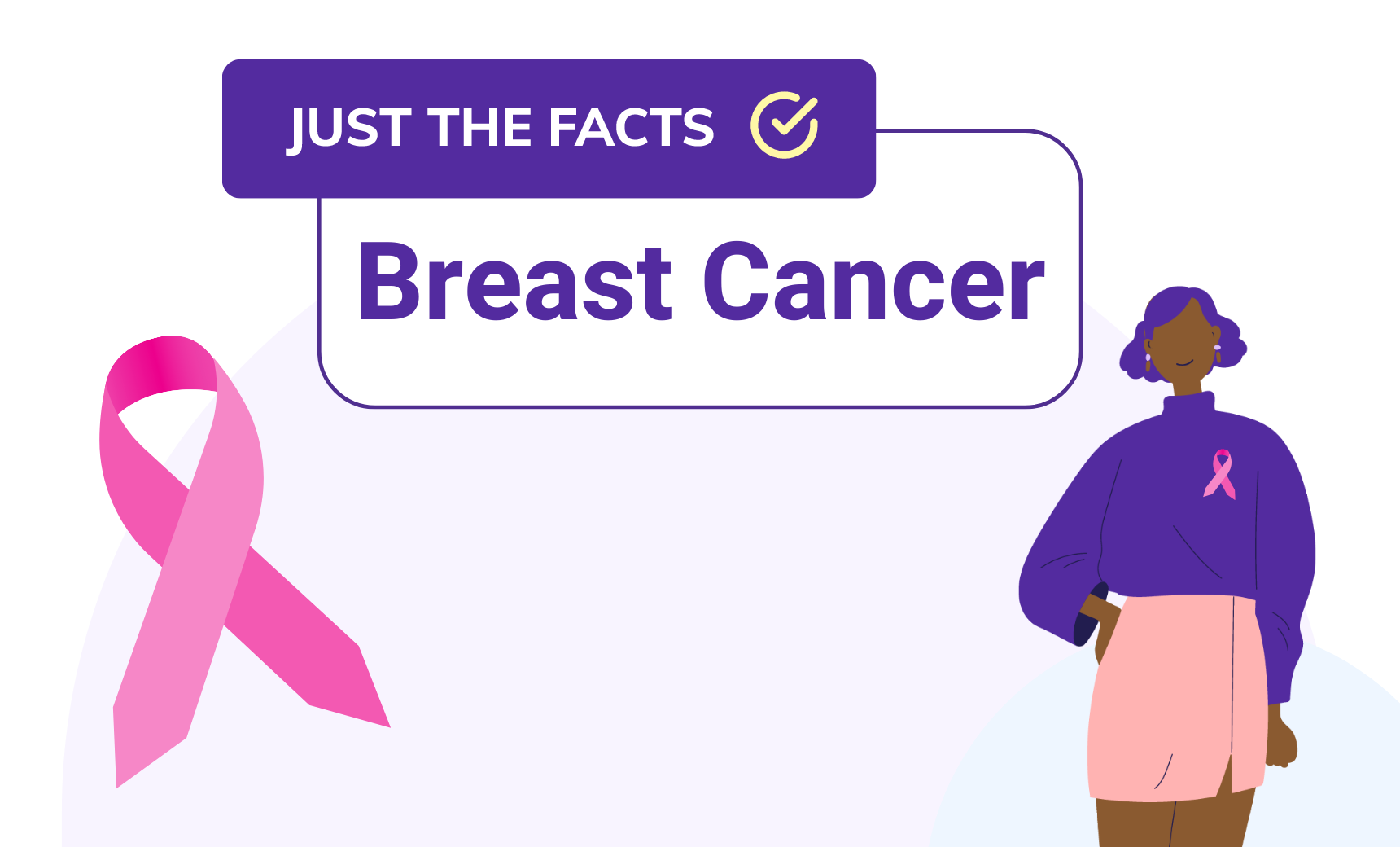
What’s Next for Your Health This Decade
New decade, new trends. What exactly are we leaving in the 2010s and what do we have to look forward to in the health industry in the next ten years? We’re breaking down the future of wellness and giving you the chance to say BYEEEE to our least favorite fads of the last few years. Here’s what’s in and what’s out.
In: Personalized nutrition
People are staying on top of their nutritional needs, whether it’s a gluten-free, diabetes-friendly, or high iron diet. The 2020s are going to be all about eating intuitively, which means getting to know your own needs so well that you don’t have to count calories or meticulously document your carb intake. You can do this through food allergy testing, cholesterol, and blood sugar monitoring. To put it simply, listen to your body and address any complaints it’s giving you. Say hello to an easy, liveable healthy diet. Hello!
Out: Fad diets
We’re learning how exclusive fad diets can be in regard to personal nutrition needs. It’s not sustainable for everyone to be eating the same things, right? Right. And while we commend anyone living a healthy vegetarian or vegan lifestyle, you can still participate in a sustainable, plant-based effort by substituting some of your meat and dairy intake for the plethora of alternatives now on the market. Seriously, if you can think it, you can sub it. And as far as paleo and keto go, there’s just no need to cut out an entire food group if you’re not allergic. Ask your doctor or nutritionist what dietary changes you should make to suit your body’s needs best.
In: Online grocery shopping
Brick and mortar grocery stores are working hard to up their accessibility through partnerships with companies like Instacart and features like a curbside pickup. While AmazonFresh is steady climbing the profit poles in grocery shopping trends, we’re seeing young consumers opt for small or local providers who also offer fresh prepared food options.
Out: Meal subscription services
While companies like HelloFresh, BlueApron, Dinnerly, Hungryroot, and countless others have attempted to make it easy and convenient to cook your own healthy meals, that industry is having a huge problem with customer retention. That paired with a struggle for profits due to the high costs of shipping fresh ingredients directly to consumers means goodbye, meal kit subscriptions.
In: Wearable tech
It’s all about the data. And we’re well past the first Fitbit iteration. Heading into 2020 along with the individualized health and wellness trend is accompanying tech like the newest Apple Watch. It helps users track their personal health and fitness data and adjust their lifestyles accordingly. Wearable tech was among the top trends for 2019 as well, but with more advanced and holistic features like sleep monitors and programmable movement goals, activity trackers are sweeping the 2020s trends as well.
Out: Unrealistic goals and eating habits
Bye-bye, all-or-nothing mentality. Sustainable and realistic eating habits are coming out of the wellness boom to combat guilt and give people better relationships with food and health. You don’t have to deprive yourself of food you enjoy and you can still be satisfied with a nutritional diet.
In: Healthcare access
While it’s still not as accessible as it should be, the digital and tech industries are helping patients have better access to their doctors through patient portals, online booking services (like LabFinder!) and apps that offer seamless prescription service and healthcare access. There are now companies like Nurx and Pill Club that offer birth control prescriptions available to those with and without health insurance. Even digital check-in procedures at urgent care clinics are making healthcare more efficient and streamlining workflow. And it’s only up from here.
Out: Procrastination
According to the CDC, 7 out of 10 U.S. deaths are caused by chronic disease. Preventative healthcare like cancer screenings, STD tests, and immunizations are saving more people every year, and those stats are catching on. Studies have found that increased preventative care could save more than 2 million life-years annually. Yeah. That’s a lot. It also saves patients money and accompanying medical bill headaches.
In: Patient Empowerment
As you know, the advancement of technology has given us better control over our health decisions. Now we’re able to check-in, monitor and make more informed choices about every aspect of our health! At LabFinder.com, we are constantly innovating our platforms and services so all of our customer groups can have better healthcare experiences.
So make this year your best one yet. Take the steps to take control of your health today!




LabFinder Marketing
The LabFinder Editorial Team is behind The Illuminator and The Insider, LabFinder’s consumer and business blogs.
Dr.Robert Segal
Dr. Segal is CEO and co-founder of LabFinder, as well as a board-certified cardiologist. He began practicing medicine in 2002 and has founded several businesses, including Medical Offices of Manhattan and Manhattan Cardiology.